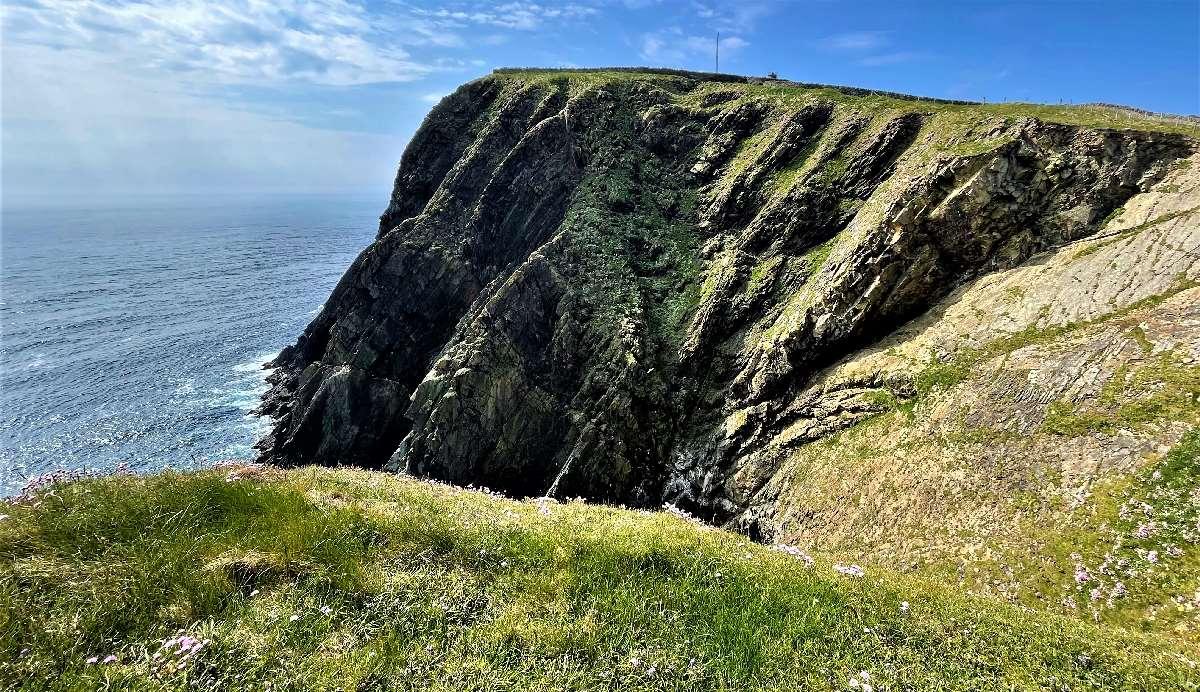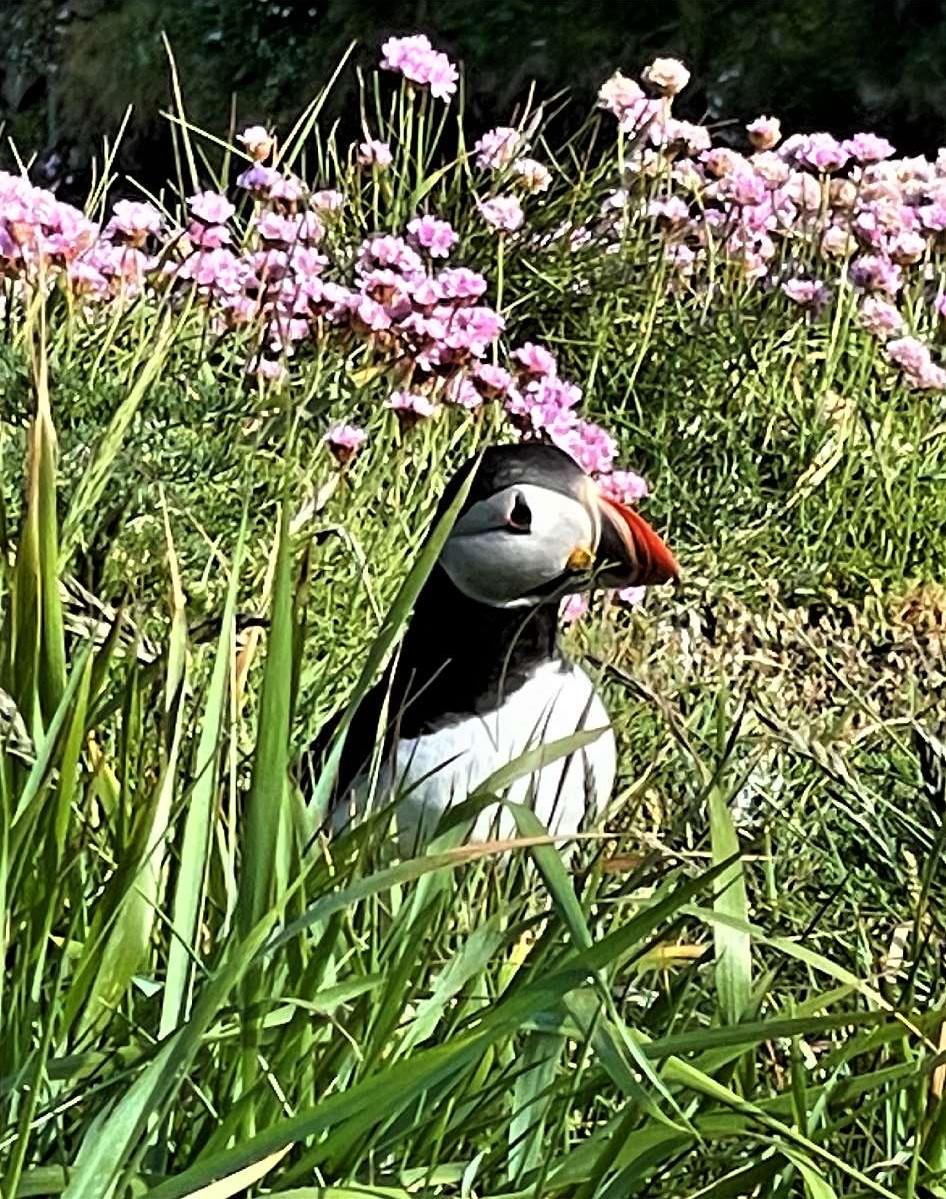
3 minute read
A Vet’s Voice: A Trip to The Wild Isles
I was fortunate to have a trip to Shetland and the north of Scotland during the wonderful warm weather we experienced in June. My elderly mother and aunt were over from Australia, and we had planned the “trip of a lifetime” to the northernmost areas of the British Isles. Prior to setting off we had all seen the latest David Attenborough Wild Isles programs and were hoping to be able to experience some of the incredible seabirds which featured in the series. I was also aware that “Bird Flu” was about, which might affect our access to breeding areas. We especially wanted to see the iconic and much-loved puffin, which everyone knows of, but many have never seen in the wild. Puffins are small birds from the family called Auks. These are small to medium sized seabirds with short tails, small wings and legs set back on their bodies: guillemots and razorbills are also members of the Auk family. Puffins appear awkward when walking as they potter about on sea cliffs, where they nest over the summer. Their flight also appears challenging with their disproportionately small wings. However, it’s in the water that they excel - they dive and swim exceptionally well as they “fly” underwater hunting for small fish and sand eels. Having sailed on the overnight ferry from Aberdeen, we arrived in a very sleepy Lerwick at 7am. Our first outing was to the southernmost tip of the Shetland mainland, Sumburgh Head. This rocky headland has a Victorian lighthouse and is a haven for seabirds. We quickly spotted guillemots and kittiwakes and even an occasional oyster catcher with its distinctive long, orange beak. The rocky cliffs were covered in seabirds, chattering and busy, diving to the water, soon to return with a meal for their chicks.
We scoured the cliffs looking for the colourful but elusive puffins and soon were rewarded as one waddled out of a little burrow in the steep, grassy wall which sits at the top of the rugged, rocky cliff face. The little bird seemed oblivious to the attention it was getting from the excited onlookers. The puffin is unmistakable with its multicoloured, chunky bill and beautiful eye surrounds on their little black and white body. They also have characteristic orange legs which they thrust forwards awkwardly when coming in to land.
Before long, our little friend waddled to the cliff edge and leapt into the air before fluttering down to the water to fish. We saw several other puffins over the subsequent week, but this first sighting felt very magical and left us with great memories.

We explored the lighthouse museum including its huge steam driven foghorns before enjoying the first of many rounds of coffee and cake!
The rellies are now safely back in Australia, but they took with them many fond memories of a wonderful trip and the unforgettable spotting of the elusive puffin.
Enjoy your pets!
Jason Williams | Bicester Vets | September 2023












